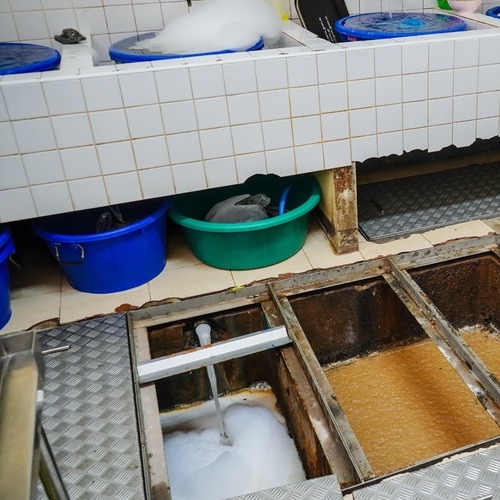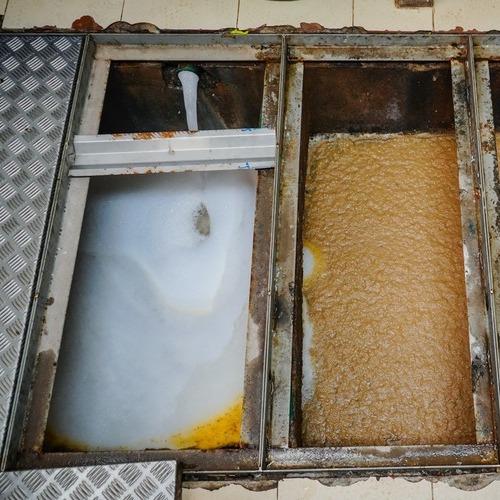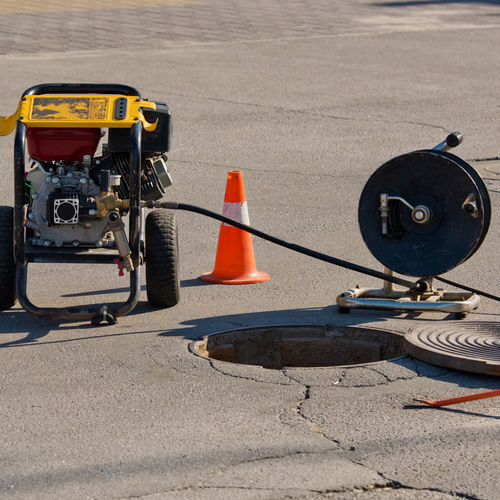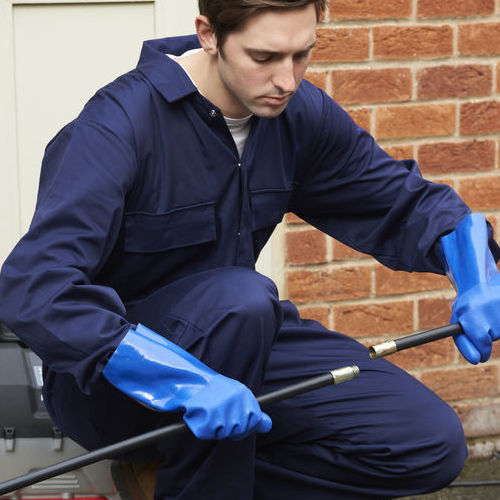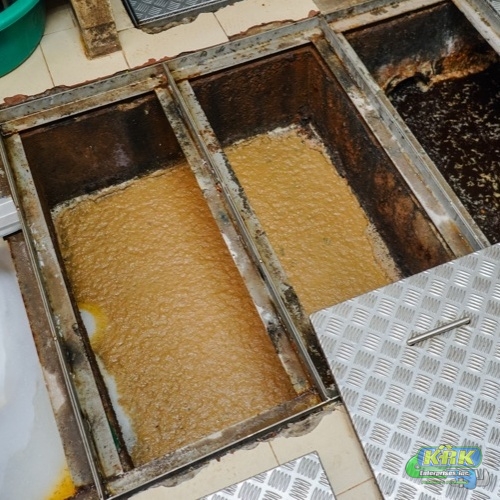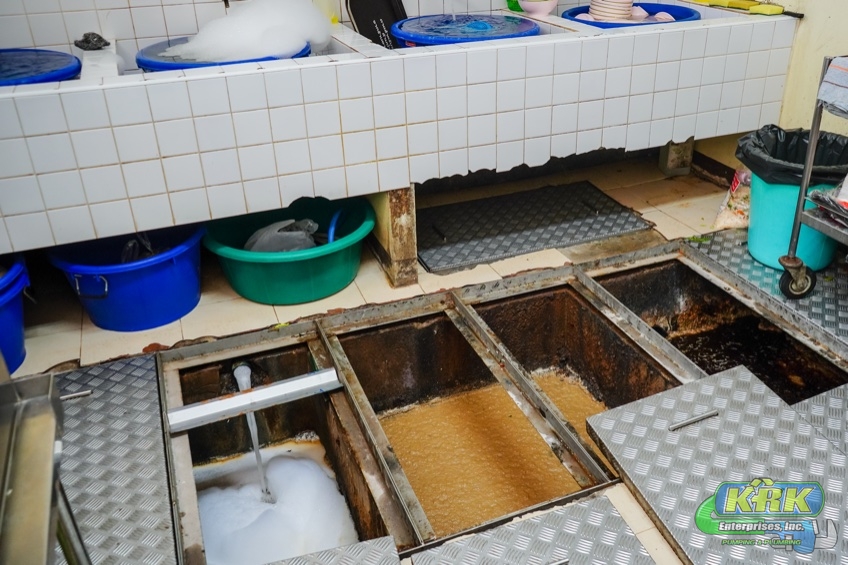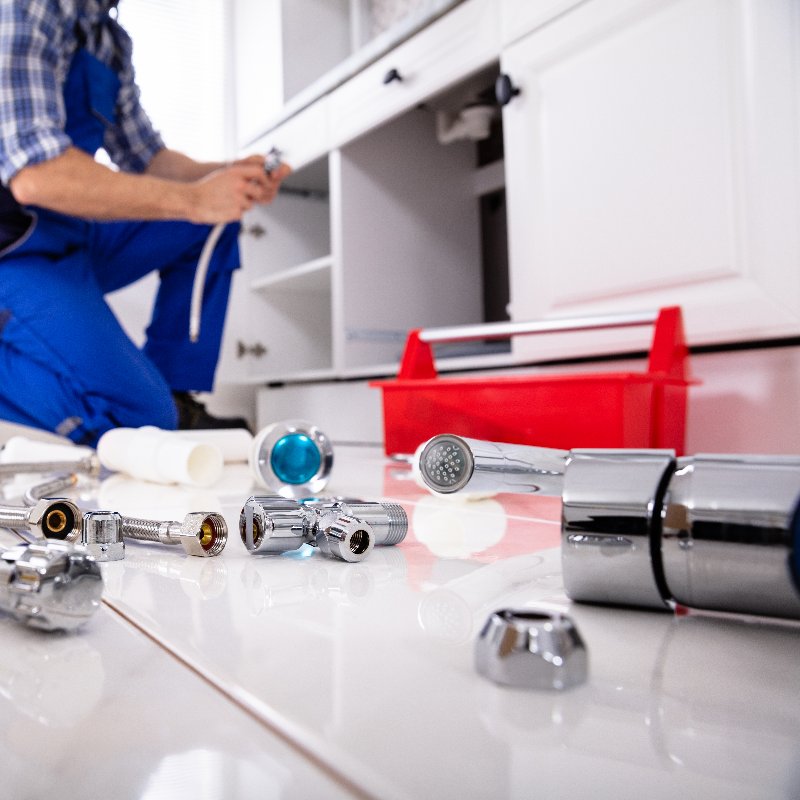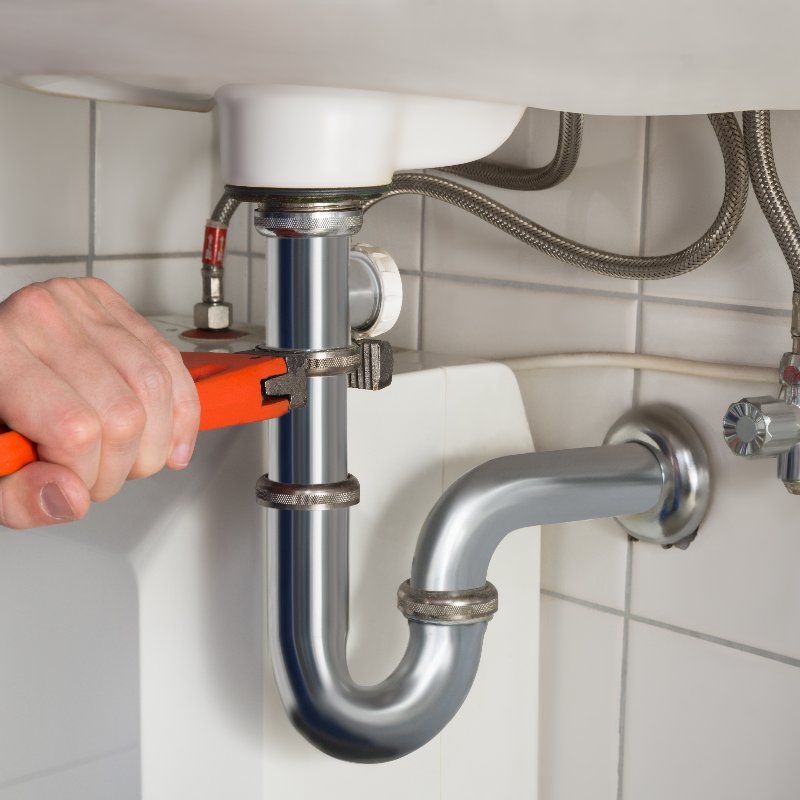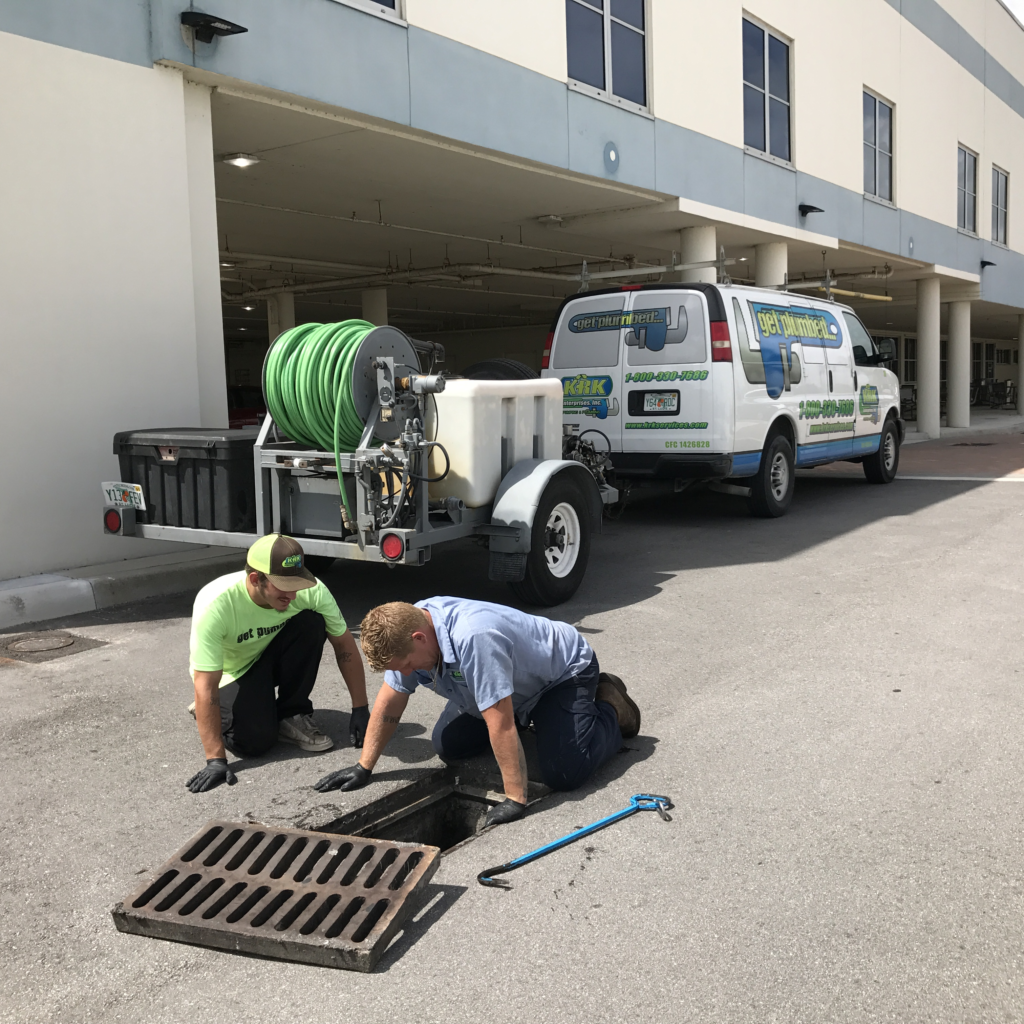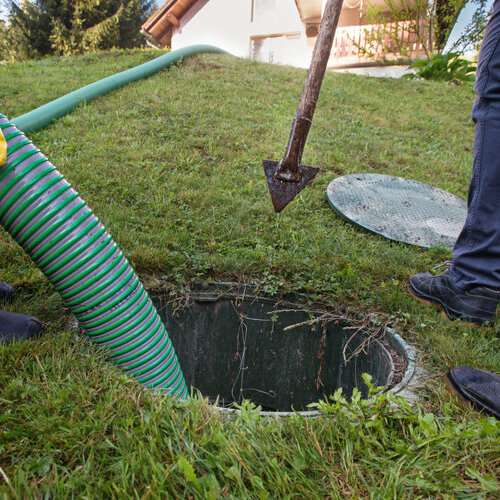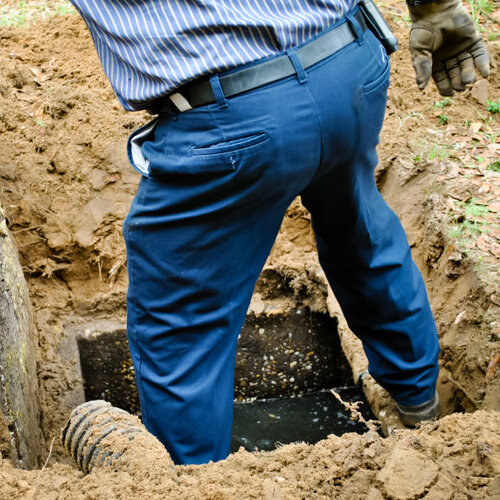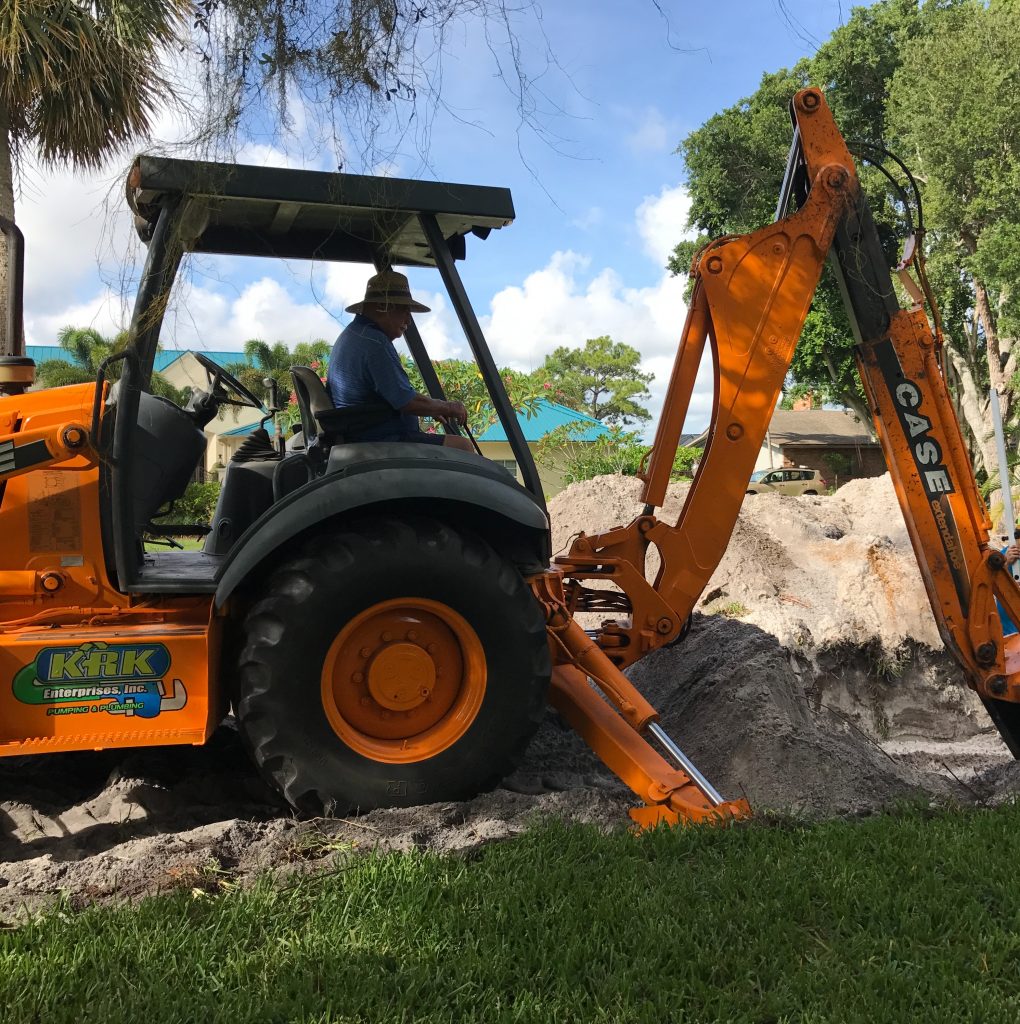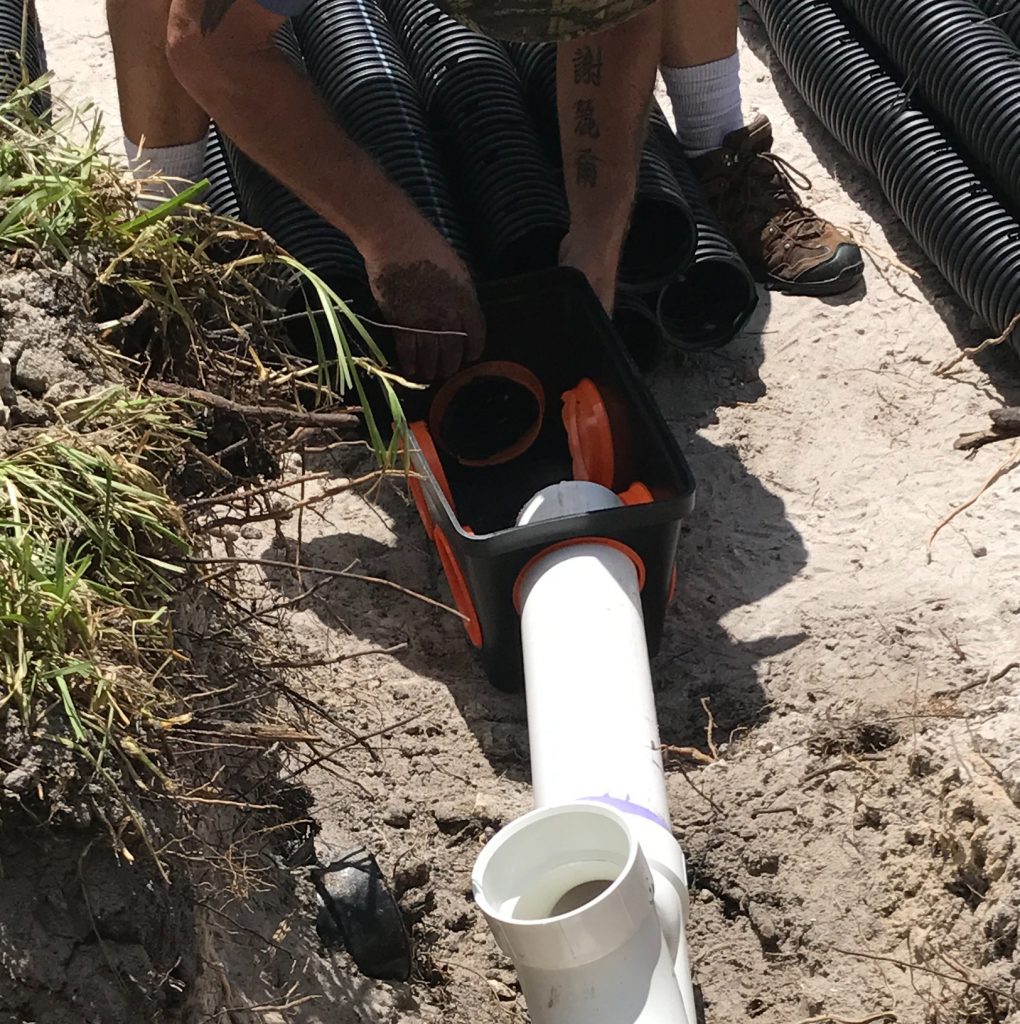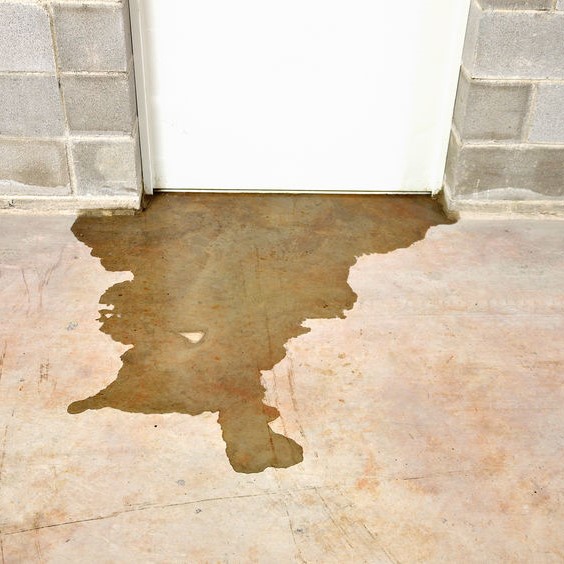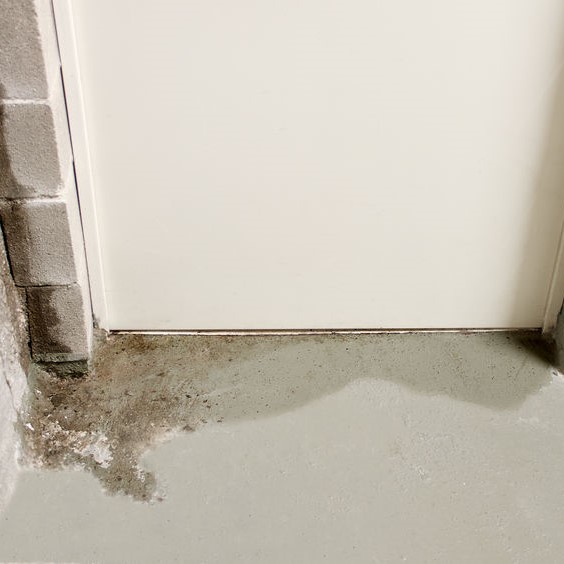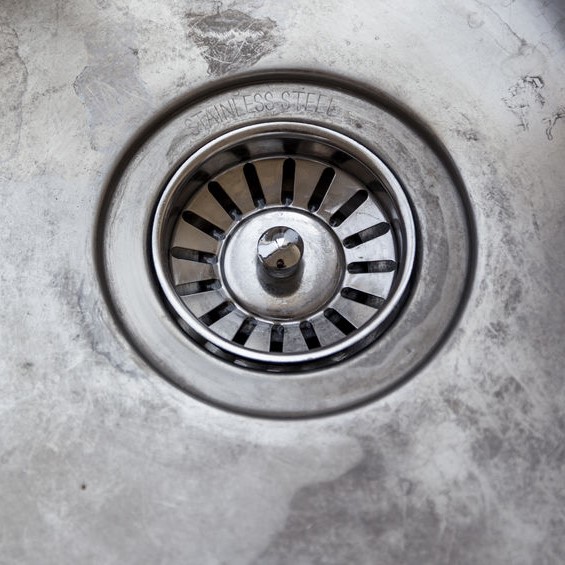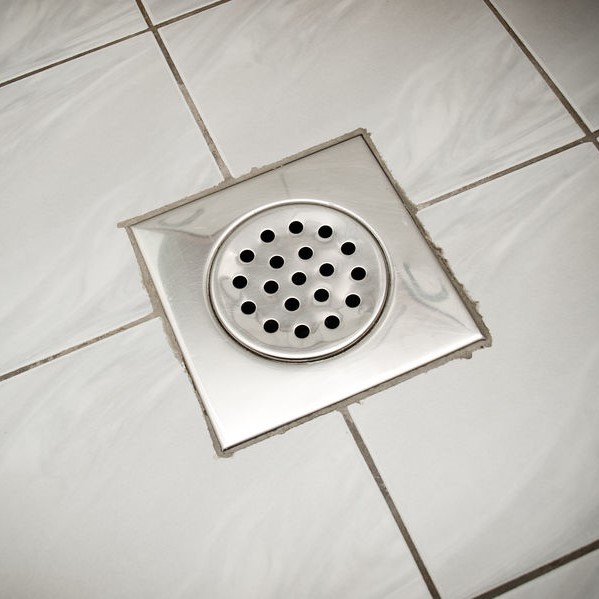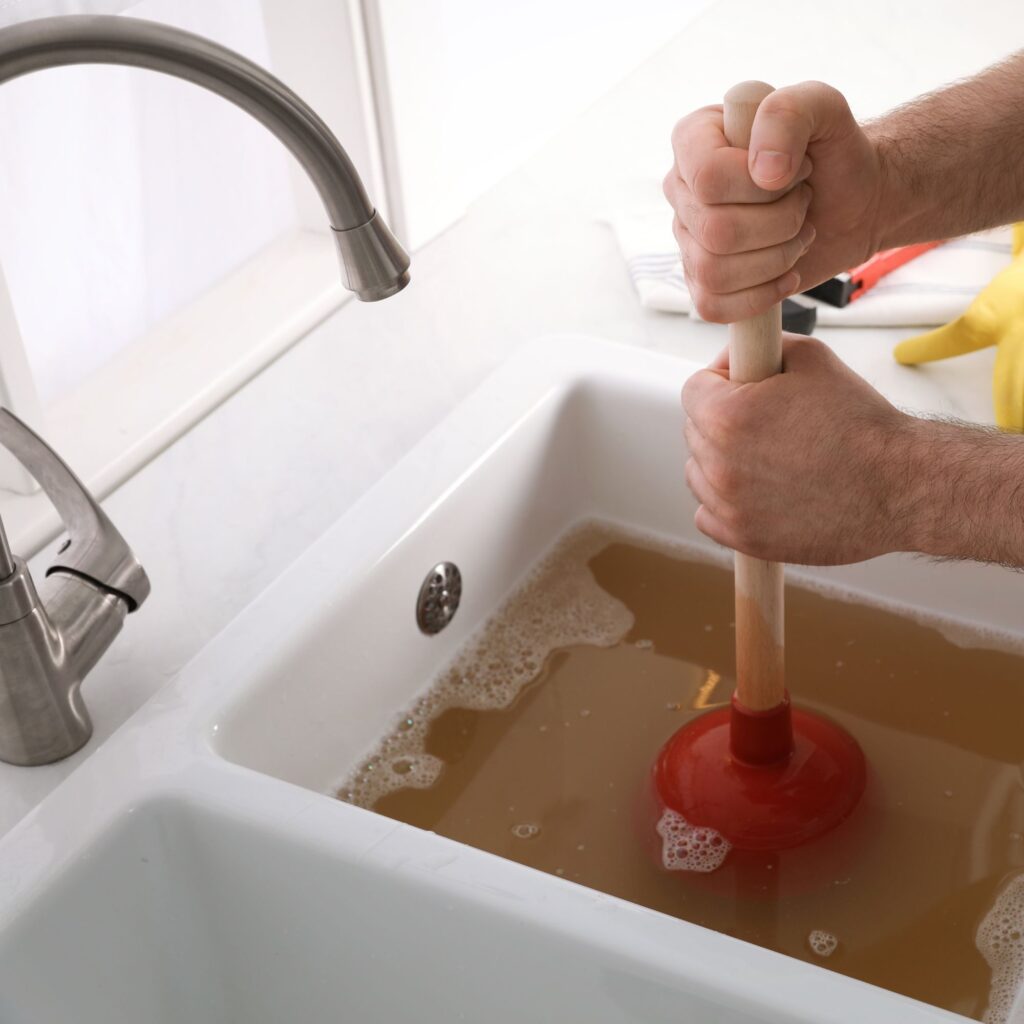
Indicators That It’s Time to Call a Professional Plumber
Knowing when to call a professional plumber can prevent minor issues from turning into major plumbing emergencies. Whether it’s persistent clogs or burst pipes, here are some signs of plumbing damage you shouldn’t ignore. If you are experiencing any of these issues and need plumbing service in Fort Pierce and Port St. Lucie, Fl, give the professional plumbers at KRK Enterprises, Inc. a call. We have decades of experience and are eager to earn your business.
Persistent Clogs: If you’re experiencing persistent clogs in your drains despite attempts to clear them using household methods like plungers or drain cleaners, it could signal a more serious blockage deeper in the pipes. A plumber can assess the situation and use professional tools to clear the clog effectively.
Low Water Pressure: A sudden decrease in water pressure throughout your home could indicate various problems, including pipe blockages, leaks, or problems with the water supply line. A plumber can diagnose the cause of low water pressure and recommend appropriate solutions.
Leaking Pipes: Leaking pipes can cause water damage to your home’s structure and contribute to mold growth if left unchecked. Whether it’s a visible leak or signs of water damage such as dampness, stains, or musty odors, it’s important to address the issue promptly to prevent further damage.
Burst Pipes: Burst pipes are a plumbing emergency that requires immediate attention. Failure to act quickly could cause extensive water damage and flooding. If you notice a sudden increase in your water bill, unexplained water pooling, or the sound of running water when no fixtures are in use, it could indicate a burst pipe.
Foul Odors: Persistent foul odors emanating from drains or sewer lines could indicate sewer gas leaks or blockages in the sewer line. These issues not only create unpleasant living conditions but also pose health risks. A plumber can identify and resolve the source of the odor.
Water Heater Issues: Problems with your water heater, such as inadequate hot water, strange noises, or visible leaks, require professional attention to ensure safe and efficient operation. A plumber can diagnose water heater issues and perform repairs or replacements as needed.
More Reasons to Call a Professional Plumber
Sudden Increase in Water Bills: A significant increase in your water bill without a corresponding increase in water usage could point to hidden leaks in your plumbing system. A plumber can conduct a thorough inspection to locate and repair any leaks, helping you save on water costs and prevent further damage.
Frozen Pipes: In colder climates, pipes can freeze during winter months, leading to pipe bursts and water damage when the pipes thaw. If you suspect that your pipes are frozen or if you notice reduced water flow during cold weather, it’s essential to call a plumber to prevent potential damage.
Sewage Backup: Sewage backups are a serious plumbing issue that requires immediate attention due to the health hazards associated with exposure to raw sewage. If you notice sewage backing up into your drains or toilets, evacuate the area and contact a plumber immediately.
Old Plumbing Systems: If your home has older plumbing systems or fixtures, it’s wise to have them inspected regularly by a professional plumber. Aging pipes, joints, and fixtures are more prone to leaks, corrosion, and other issues that can lead to costly repairs if left unaddressed.
If you notice one or a number of these plumbing problems, it’s important to act fast. Reach out to a professional plumber to assess and address any issues before they escalate into more significant and costly repairs. KRK Enterprises, Inc. is proud to be a leading plumber in Fort Pierce and Port St. Lucie, Fl. If you have any questions or are ready to schedule your service, give us a call. We are happy to help.


